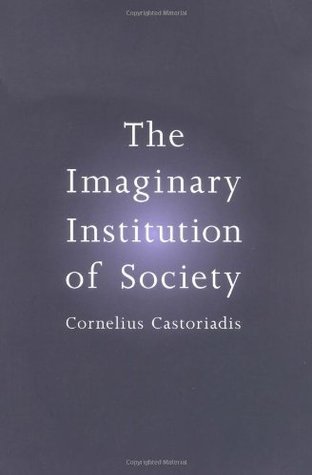
A Theory of Semiotics
Book Description
Unlock the secrets of meaning in a world bursting with signs! In "A Theory of Semiotics," Umberto Eco unveils the intricate dance between language, images, and symbols that shape our perception. A spellbinding exploration of how we communicate, this book dives deep into the structures of meaning hidden beneath everyday interactions. With clarity and brilliance, Eco challenges conventional thoughts and reveals the power of interpretation. Every sign has a story, and every story has layers waiting to be uncovered. What truths lie beneath the surface of your everyday encounters?
Quick Book Summary
"A Theory of Semiotics" by Umberto Eco is a foundational work that delves into the complex world of signs and the process of meaning-making. Eco explores semiotics as the science of signs, examining how language, symbols, and visual cues function as conveyors of meaning within cultural contexts. He distinguishes between different types of signs, such as icons, indexes, and symbols, and probes the relationship between signifiers (form) and signified (content). Eco also introduces the notion of unlimited semiosis, suggesting that the interpretation of signs is an open-ended process. Challenging traditional models, he presents communication as a dynamic interplay of codes, intention, and interpretation. The book equips readers with tools to decode the intricate web of meanings woven into everyday communication, art, literature, and society.
Summary of Key Ideas
Table of Contents
The Nature and Types of Signs
Eco begins by examining what constitutes a sign, laying the groundwork for understanding semiotics as the study of how meaning is produced and conveyed. He discusses how anything that stands for something else—a word, image, gesture, or object—can be considered a sign. Eco classifies signs into types such as icons (resembling what they represent), indexes (directly connected to their object), and symbols (arbitrarily linked by convention). This categorization establishes a basis for analyzing the immense variety of signs that populate human communication.
Signification and Codes
Next, Eco explores the crucial relationship between signifiers and signifieds, arguing that meaning arises through the interaction of these components within structured codes. Codes, in Eco’s theory, are systems of rules and conventions that govern the use and interpretation of signs. He discusses how different cultures or social groups develop distinct codes, shaping how meaning is constructed and shared. Eco emphasizes the importance of context and convention in determining which meanings become dominant or accepted within a society.
Unlimited Semiosis and Interpretation
One of Eco's most influential concepts is that of unlimited semiosis—the idea that the interpretation of signs is an endless process. Each act of interpretation can itself become a sign to be further interpreted, creating an infinite chain of meaning. This challenges the notion of fixed meanings and highlights the interpretive freedom and creativity of human understanding. By emphasizing this open-endedness, Eco also demonstrates the active role of readers and interpreters in participating in the production of meaning.
Models of Communication
Eco critiques traditional sender-receiver models of communication by highlighting the complexity of the signification process. Meaning is not simply transmitted from sender to receiver but is negotiated through the interplay of various codes and contexts. He investigates how intention, expectation, and cultural frameworks influence both the creation and interpretation of messages. This dynamic and interactive view of communication acknowledges ambiguity, misinterpretation, and the role of background knowledge in shaping understanding.
Cultural Context and Meaning
Finally, Eco situates semiotics within broader cultural and societal frameworks, illustrating how signs and systems of meaning permeate everyday life, art, literature, mass media, and beyond. He shows that our perceptions are deeply influenced by the cultural codes we inhabit, and awareness of semiotic processes empowers us to decode and question the assumptions underlying communication. "A Theory of Semiotics" ultimately challenges readers to become more discerning participants in the ongoing negotiation of meaning that defines human experience.
Download This Summary
Get a free PDF of this summary instantly — no email required.





